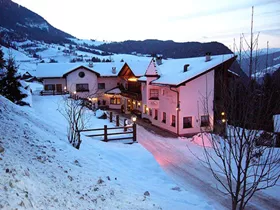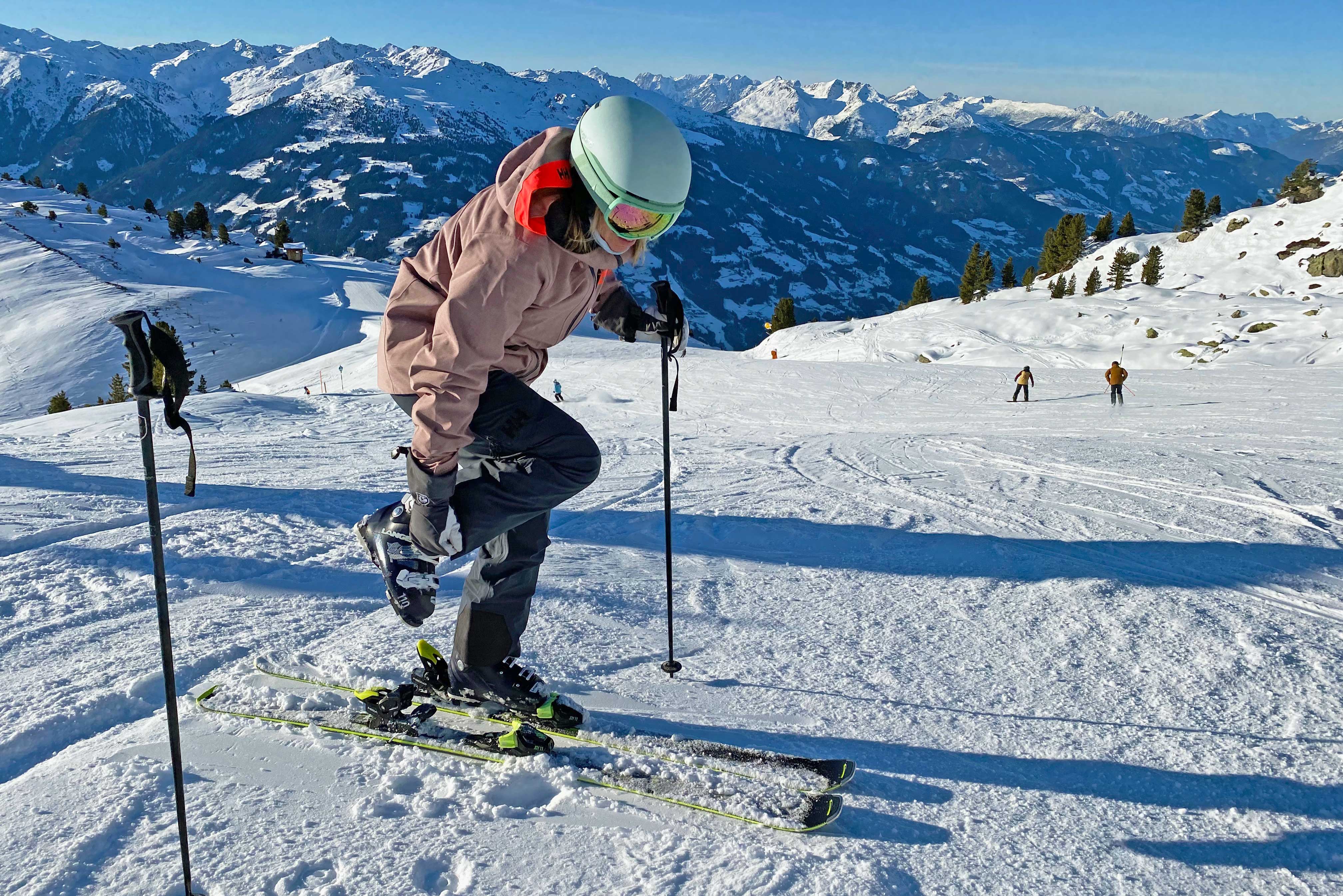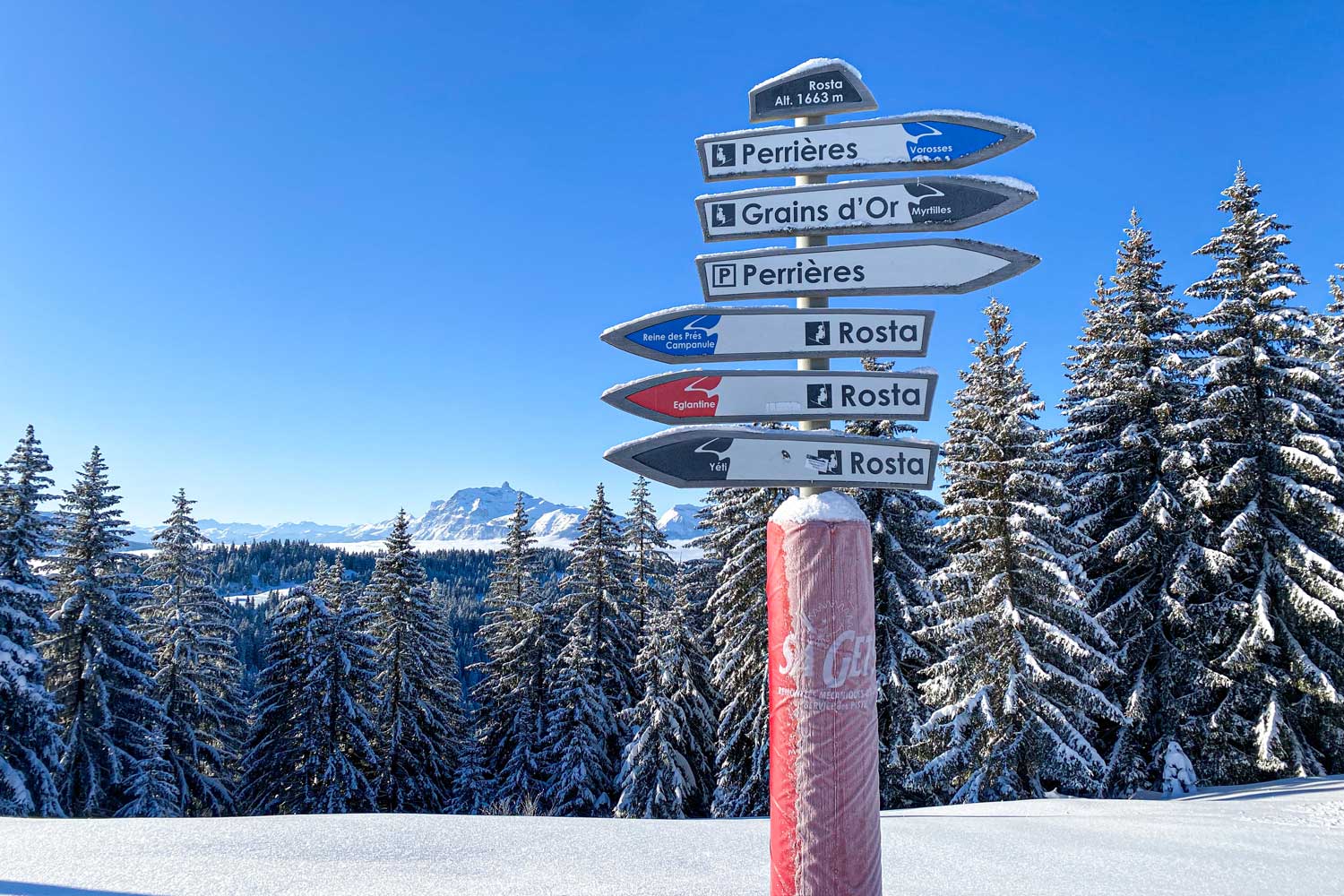
Today the Dolomites are a UNESCO World Heritage Site, famous for their rose-tinted glow in the sunset and the spectacular views of the mountain peaks. Ski areas such as Alta Badia and Cortina d'Ampezzo draw skiers and snowboarders from around the world to enjoy the luxurious pistes, friendly hospitality and delicious local cuisine. But just a century ago, the Dolomites bore witness to some of the bloodiest fighting of World War I. Austrian and Italian soldiers battled it out amongst the snow and ice, braving fierce weather and deadly combat, to fight over a border that was arguably fairly arbitrary. Today's visitors can retrace the steps of these soldiers with an 82km ski tour through th Dolomites, paying homage to the many men who risked their lives here.
History: Austria vs. Hungary along the Italian front
Traditionally, the Dolomites belonged to the Austro-Hungarian empire. However, Italy had designs on the beautiful mountains and signed a treaty with the UK and France in 1915, declaring war on their former ally, Austria. The fighting lasted from 1915 to 1917, killing hundreds of thousands of Austrian and Italian soldiers. In the end, Italy got to keep the formerly Austrian province of South Tyrol. A century later, we’re still finding the remains of soldiers buried in the snow and ice.
The Dolomites were not a welcoming place in which to wage war
Second only to the human-inflicted carnage was the weather, a deadly mix of freezing temperatures, heavy snowfall and avalanches. In December 1916, on what would come to be known as ‘White Friday’, a series of deadly avalanches sent hundreds of thousands of tonnes of ice and snow hurtling down the mountain, killing 10 000 Austrian and Italian soldiers. It the second-worst avalanche event in history by number of deaths.
Forced to battle in mountain landscapes at sub-zero temperatures, the soldiers made the best use they could of their environment. They dug tunnels and carved out caverns. They installed many of the via ferratas that are still used today by tourists visiting the Dolomites. They triggered avalanches and used boulders as weapons. The Trentino Offensive alone (held between May 15-June 10, 1916) killed almost 300 000 people in just one battle. And then the war ended and their efforts were entirely forgotten, melting into the background as the Dolomites gradually became a major tourist destination.
Map of the Great War ski circuit © Dolomiti Superski
Practical info: First World War Ski Tour
Length:
82.5km
Time:
7-8 hours
Difficulty:
Intermediate
Starting point:
Alleghe (Ski Civetta)
World War I Ski Tour: What to expect
The
World War 1 ski tour
starts from Alleghe (1000m) and runs around the Col di Lana, a pivotal battle point during the First World War. You’ll go as high as the Col Fioret at 2100m and, against the backdrop of some of the most famous peaks in the Dolomites – Pelmo, Civetta, Cinque Torri, Sella and others – you’ll discover the remains of military posts and galleries. Passing through Pescul (1415m), the Giau Pass (2000m) and the slopes of the Cinque Torri, you’ll eventually reach the Falzarego Pass and the Lagazuoi (2800m), which boasts stunning views of Trentino and South Tyrol. From Lagazuoi, the longest piste in the Dolomites takes you down to Armentarola in Alta Badia.
You’ll need a Dolomiti Superski pass to take part in the tour, which combines skiing – mostly red and blue runs – and stops at several mountain huts, as well as a ride in a horse-drawn sleigh and a journey through a steep canyon skirted by frozen waterfalls. While the tour measures over 80km in total, only about half of it is actually done on skis. It’s also possible to start the ski tour in Alta Badia if you’re willing to shell out for a taxi bus between the Hotel Armentarola and the Falzarego Pass. You’ll definitely want to hire a guide to get the most out of this tour. History buffs hankering for more can visit an open-air museum at the Cinque Torri dedicated to the Great War.
Today the Dolomites are a UNESCO World Heritage Site, famous for their rose-tinted glow in the sunset and the spectacular views of the mountain peaks. Ski areas such as Alta Badia and Cortina d'Ampezzo draw skiers and snowboarders from around the world to enjoy the luxurious pistes, friendly hospitality and delicious local cuisine. But just a century ago, the Dolomites bore witness to some of the bloodiest fighting of World War I. Austrian and Italian soldiers battled it out amongst the snow and ice, braving fierce weather and deadly combat, to fight over a border that was arguably fairly arbitrary. Today's visitors can retrace the steps of these soldiers with an 82km ski tour through th Dolomites, paying homage to the many men who risked their lives here.
History: Austria vs. Hungary along the Italian front
Traditionally, the Dolomites belonged to the Austro-Hungarian empire. However, Italy had designs on the beautiful mountains and signed a treaty with the UK and France in 1915, declaring war on their former ally, Austria. The fighting lasted from 1915 to 1917, killing hundreds of thousands of Austrian and Italian soldiers. In the end, Italy got to keep the formerly Austrian province of South Tyrol. A century later, we’re still finding the remains of soldiers buried in the snow and ice.
The Dolomites were not a welcoming place in which to wage war
Second only to the human-inflicted carnage was the weather, a deadly mix of freezing temperatures, heavy snowfall and avalanches. In December 1916, on what would come to be known as ‘White Friday’, a series of deadly avalanches sent hundreds of thousands of tonnes of ice and snow hurtling down the mountain, killing 10 000 Austrian and Italian soldiers. It the second-worst avalanche event in history by number of deaths.
Forced to battle in mountain landscapes at sub-zero temperatures, the soldiers made the best use they could of their environment. They dug tunnels and carved out caverns. They installed many of the via ferratas that are still used today by tourists visiting the Dolomites. They triggered avalanches and used boulders as weapons. The Trentino Offensive alone (held between May 15-June 10, 1916) killed almost 300 000 people in just one battle. And then the war ended and their efforts were entirely forgotten, melting into the background as the Dolomites gradually became a major tourist destination.
Map of the Great War ski circuit © Dolomiti Superski
Practical info: First World War Ski Tour
Length:
82.5km
Time:
7-8 hours
Difficulty:
Intermediate
Starting point:
Alleghe (Ski Civetta)
World War I Ski Tour: What to expect
The
World War 1 ski tour
starts from Alleghe (1000m) and runs around the Col di Lana, a pivotal battle point during the First World War. You’ll go as high as the Col Fioret at 2100m and, against the backdrop of some of the most famous peaks in the Dolomites – Pelmo, Civetta, Cinque Torri, Sella and others – you’ll discover the remains of military posts and galleries. Passing through Pescul (1415m), the Giau Pass (2000m) and the slopes of the Cinque Torri, you’ll eventually reach the Falzarego Pass and the Lagazuoi (2800m), which boasts stunning views of Trentino and South Tyrol. From Lagazuoi, the longest piste in the Dolomites takes you down to Armentarola in Alta Badia.
You’ll need a Dolomiti Superski pass to take part in the tour, which combines skiing – mostly red and blue runs – and stops at several mountain huts, as well as a ride in a horse-drawn sleigh and a journey through a steep canyon skirted by frozen waterfalls. While the tour measures over 80km in total, only about half of it is actually done on skis. It’s also possible to start the ski tour in Alta Badia if you’re willing to shell out for a taxi bus between the Hotel Armentarola and the Falzarego Pass. You’ll definitely want to hire a guide to get the most out of this tour. History buffs hankering for more can visit an open-air museum at the Cinque Torri dedicated to the Great War.















